
Combat aircraft are marvels of modern technology, showcasing an incredible integration of speed, stealth, and firepower. Their existence is crucial to asserting air superiority in conflicts, as well as providing multifaceted mission capabilities. The latest evaluations of advanced fighter jets have placed a spotlight on some of the most formidable aircraft in the skies today.
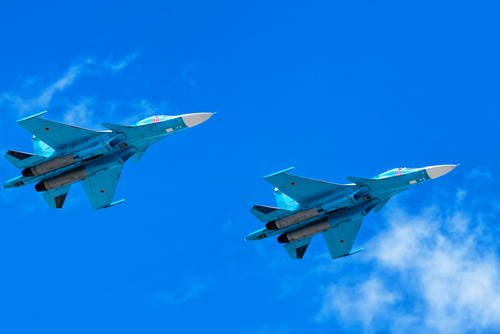
Starting with the Russian Sukhoi Su-35, this aircraft is revered for its long-range radar capabilities and versatile weapons systems. The Irbis-E passive electronically scanned radar, with a range of up to 350 kilometers, alongside infrared and optical scanners, enables silent targeting of airborne threats.
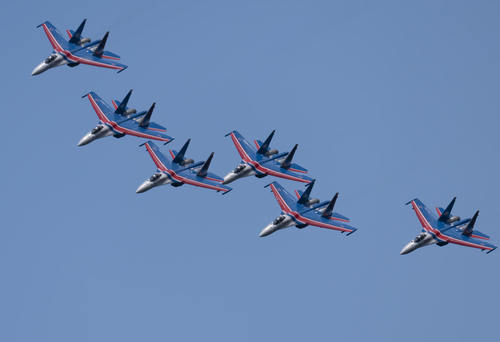
This jet also has a datalink and a payload capable of a broad array of munitions, from air-to-air missiles for air superiority to precision air-to-ground ordinance.
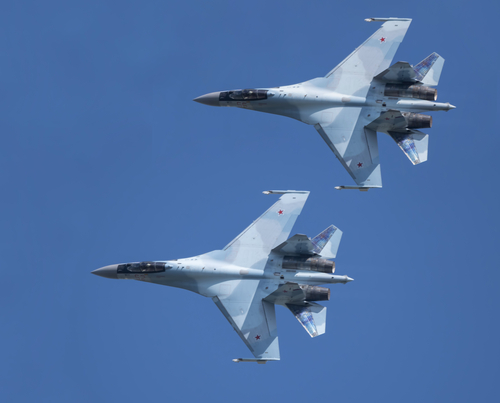
This capability was demonstrated in Russia’s War on Ukraine, where Su-35s employed anti-radiation missiles and GPS-guided glide bombs.
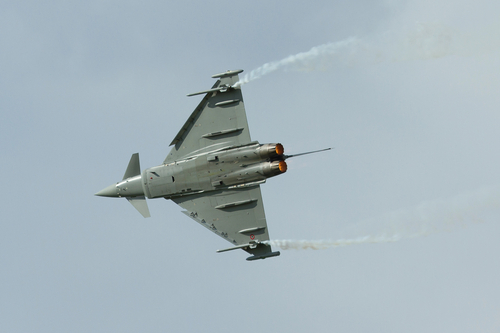
In a close contest with the Dassault Rafale and Saab Gripen E/F, the Eurofighter Typhoon secured its position due to its impressive range, combat-proven record, and armament capacity.
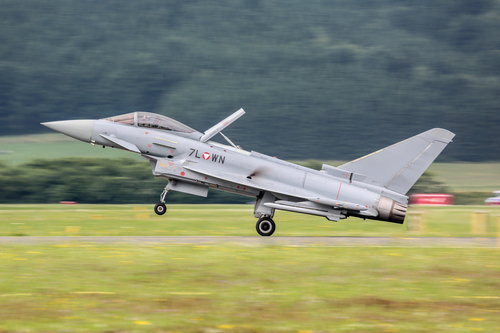
It stands out with the Euroradar Captor and its upgrade, the Captor-E Active Electronically Scanned Array radar, plus its Passive InfraRed Airborne Tracking Equipment (PIRATE). These allow it to detect and track other aircraft without emitting detectable radar signals.
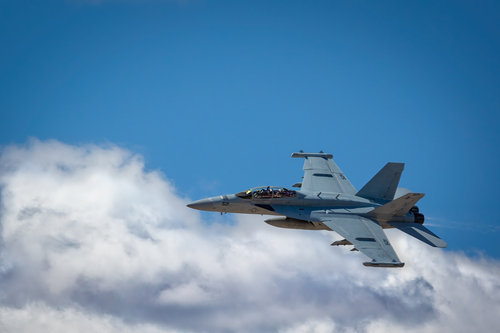
The F/A-18 E/F Super Hornet and EA-18G Growler, the latter notably absent from the “Top Gun: Maverick” screen, boasts significant electronic warfare and surveillance capabilities.
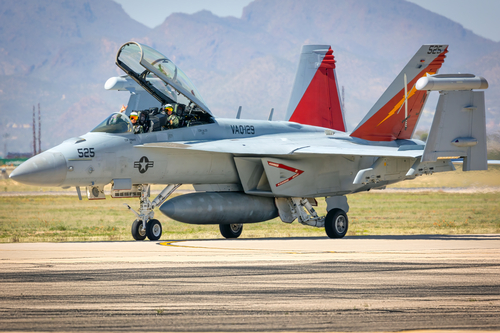
As the only one on the list capable of serving as an aerial tanker, this pair of aircraft is slated for a Block III upgrade.
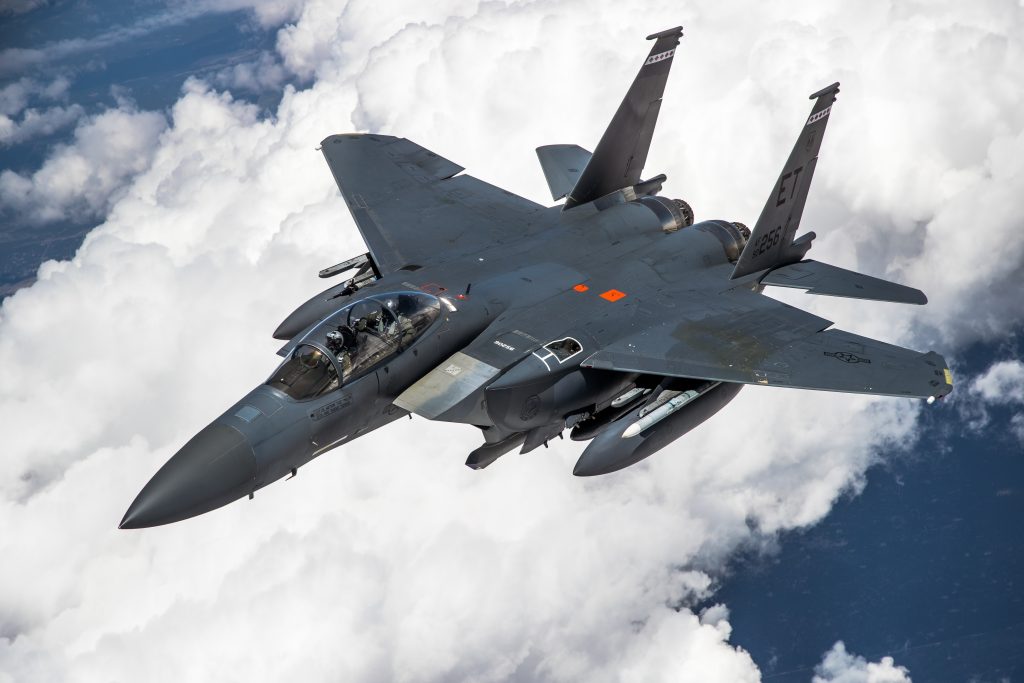
The F-15EX Eagle II is the latest version of the renowned F-15 Eagle, bringing more weapons carrying capacity and improved sensors, including a Raytheon AN/APG-82(V)1 AESA radar.

Michelle Styczynski from Raytheon highlighted that the F-15EX, equipped with powerful radar, is best when working in conjunction with the F-35.
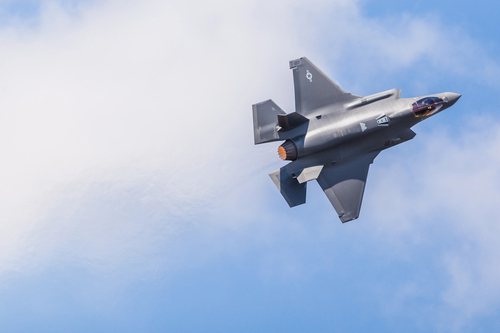
At the pinnacle, the F-35 Lightning II family stands out, not only for its stealth but its groundbreaking sensor integration and cockpit technology. It can carry a more extensive array of weapons and features a helmet-mounted display that allows pilots to ‘see through’ the aircraft.
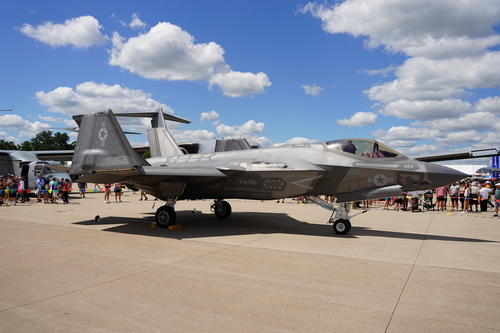
The F-35’s capabilities are complemented by the Northrop Grumman AN/APG-81 AESA radar and the Electro-Optical Targeting System (EOTS), obviating the need for external targeting pods.
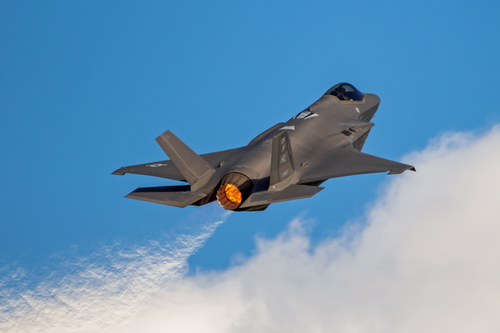
This era of aerial combat prioritizes versatility, the capacity to provide kinetic or electronic effects, and persistence. The advanced jets mentioned excel not just in speed or stealth, but in the ability to engage, support, and prevail in varied mission profiles, demonstrating the complexity and sophistication of modern air warfare.
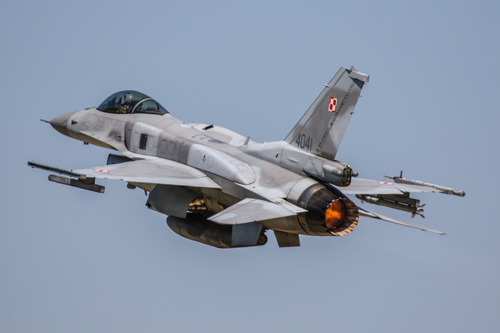
Combat aircraft enthusiasts should take note of the nuances that set apart fighter and attack aircraft. For example, the F-16 Fighting Falcon, a staple of the fighter jet community, is built for air superiority, with a large engine and small wings for extreme acceleration and maneuverability.
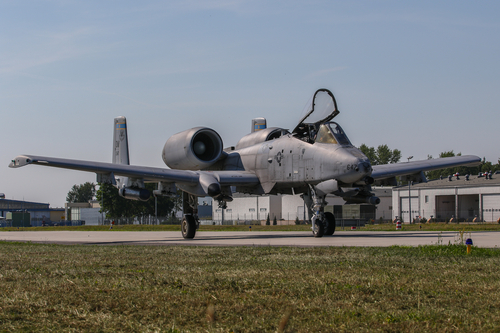
On the other hand, the A-10 Warthog, a ground-attack aircraft, has large wings for extended loiter times, plenty of fuel capacity, and hard points for ordnance.
Relevant articles:
– Top 5: The World’s Most Advanced Fighter Jets, simpleflying.com
– What’s The Difference Between A Fighter Jet & An Attack Aircraft?, Simple Flying
– “Jet Fighter” or “Fighter Jet”?, Pilots of America
– What Is the Difference Between Attack and Fighter Aircraft?, Hill Aerospace Museum
